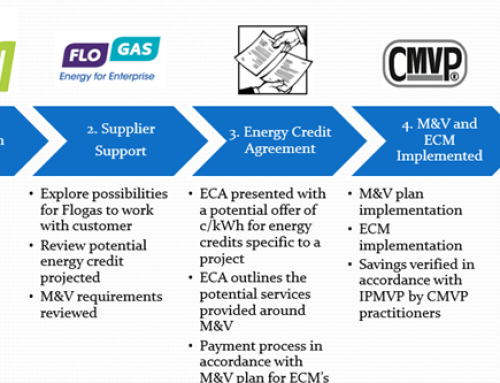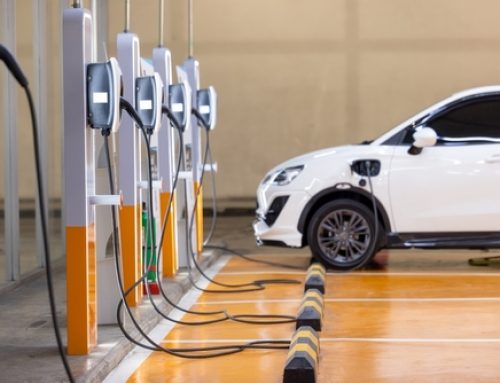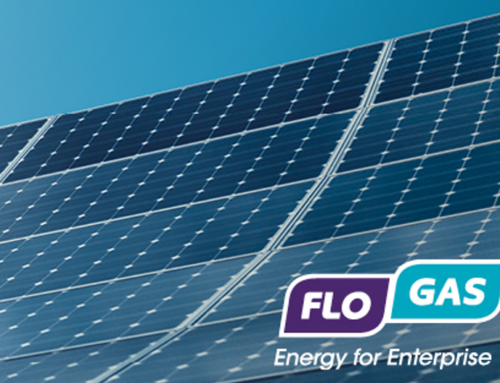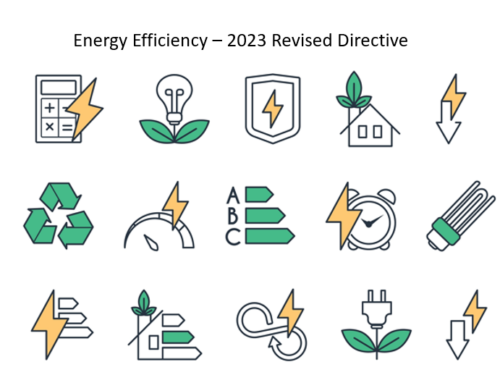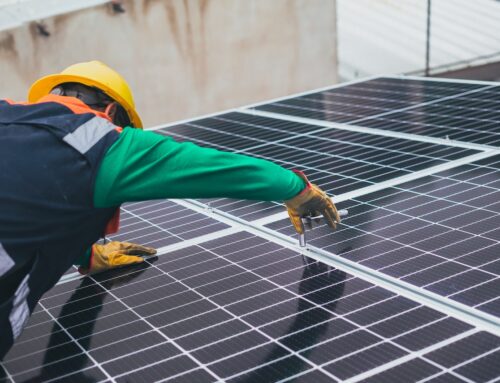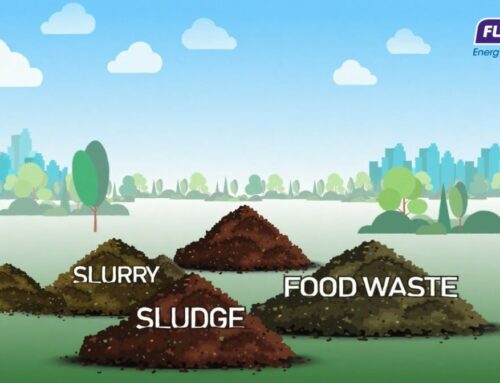2020 was a landmark year for energy prices in Ireland. The onset of the Covid-19 pandemic resulted in record low energy demand, which in turn saw unprecedented low wholesale power prices. The wholesale power price for 2020 averaged at €37.46/MWh. This is 25% lower than in 2019 (€50.26/MWh), which was in turn 21% lower than 2018. In addition to Covid-19, the significant growth in wind penetration helped to push down wholesale energy prices, as record-breaking levels of wind energy were present in the system. This growth is expected to continue due to a blustery Q1, with the limit to renewable generation that the system can accommodate, the so-called ‘’SNSP limit’ to be increased to 70% in 2021. There is also currently a new wave of wind projects under construction following the success of the first government supported RESS auction earlier in the year. It is evident that the steady growth of renewables will continue in the Irish energy market, where traditional fuels have suffered significantly in 2020 as a result of Covid-19.
Although gas prices have been depressed for a number of years, the sector suffered a further one-two punch as lower demand due to the pandemic was coupled with an overabundance of supply stored in European ports during the first wave. Prices remained below seasonal norms for much of the Summer, with changes in temperature and maintenance disruptions doing little to move the needle. With gas prices being 10% lower in Q2 2020 than in the same quarter of 2019. An uptick in prices began in August of 2020, with growth into the Winter due to increased demand as a result of cold weather conditions. If this cold spell is prolonged into Q1 2021, contributing to a reduction of the amount of stored gas, there is a chance for gas prices to continue on an upward trajectory. Historically, the wider energy mix influences NBP gas prices; 2021 will be no different. Major commodities such as oil, coal and carbon can dictate what way the gas market moves and at what pace in 2021.
Similar to impact on the gas sector, oil demand collapsed across the world in 2020 when countries began to take strict measures to curb the effect of Covid-19 on the global economy. Consequently, oil prices fell dramatically due to this significant global event, seeing prices drop to 21-year lows and even going into negative price territory in the US in the subsequent months. Over the course of the year, oil prices have averaged $43.21 /bbl, a 33% drop from the previous year. Early December 2020 saw the first sign of upward growth, as prices rose due to an OPEC agreement to extend production cuts, causing oil prices to rise above $50/bbl for the first time in nine months. However, fears regarding the new variant of Covid-19 detected in the United Kingdom, triggering governments to go into renewed and varying degrees of lockdown brought some downward pressure in early 2021. It may be the case that until the wide-scale vaccination of members of the public against the Covid-19 virus, that oil prices will continue to fluctuate in 2021.
The Covid-19 pandemic was unquestionably the difference-maker on global energy prices in 2020, with its reach felt across all sectors, driving demand to historically low levels and exerting downward pressure on prices across the Irish and international energy markets. In its World Energy Outlook 2020, the International Energy Agency, assessed that global energy demand is set to drop by 5% in 2020, energy-related CO2 emissions by 7%, and energy investment by 18%. Although there is more positive news about the availability of vaccines, the uncertainty over the duration of the pandemic, its longer term economic and social impacts, and the responses by governments across the globe to address various policy issues will open up a wide range of possible energy futures.




